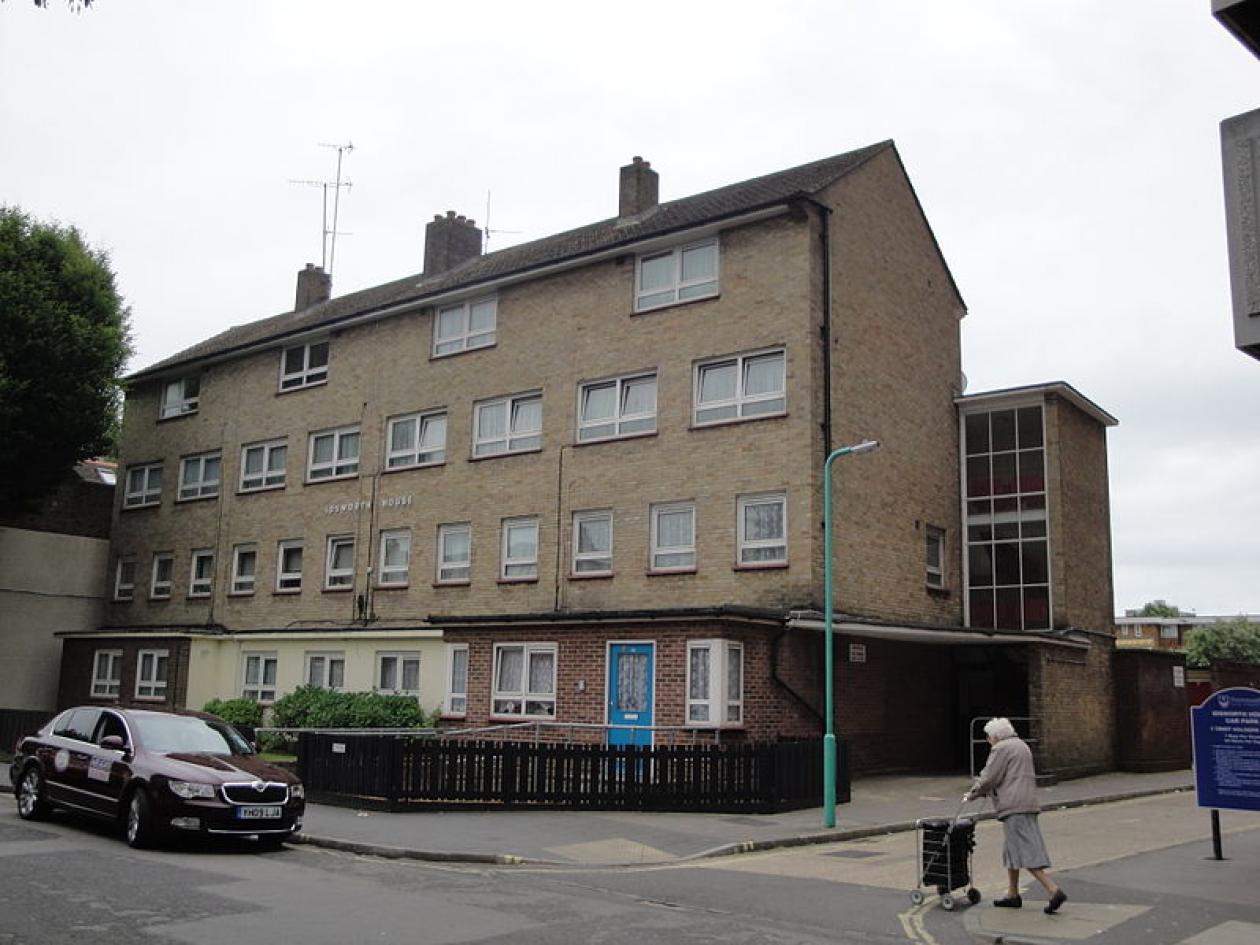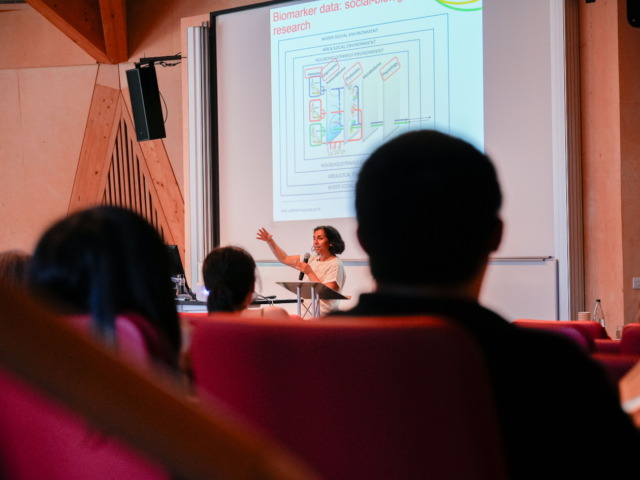The much trumpeted Levelling Up White Paper has finally arrived. Launching the strategy, Michael Gove MP, the Minister of State at the levelling up department, proclaimed: “stay local, go far”, borrowing from a Tees Valley campaign by Mayor Ben Houchen aimed at young people.
With twelve missions and five underpinning pillars, the White Paper notes there has been no shortage of attempts to tackle geographical disparities in the UK over the past century. These, though, have not been able to prevent the UK becoming one of the most spatially unequal countries in the developed world. Its diagnosis is that this is largely because the efforts have tended to be short-term, lacked scale and coordination, and were hamstrung by a lack of data and effective oversight.
So, what’s different now? The idea of levelling up is popular with the public, and the 2019 election has shifted politics, providing an impetus to try and realign long-term processes that have generated deep, uneven patterns of social and economic development in the UK.
However, looking at the analysis underpinning the White Paper, it is not entirely clear which places and communities will receive attention. Some missions are focused on the “lowest skilled areas” or “worst performing educational areas” and others focus on “narrowing the gap between top performing areas and others”, while one aims to disproportionately increase investment “outside of Greater London and the South East”. Yet another is seeking to “improve people’s satisfaction with their town centre and engagement in local culture and community”.
Though not surprising, there is a major risk of misalignment of missions in different places. One has to sympathise with a government trying to nail down the different drivers of deep-seated spatial inequality, figuring out how to integrate them at sensible geographies, and influencing what are essentially complex economic ecosystems. Many left-behind places are weak in different ways, but are there lessons that can be drawn from mobilising all arms of government to tackle the pandemic?
Depending on the spatial units of analysis, the choice of different measures and whether one is examining the state of residents, young people, workers, firms, finance, communities or public services, this inevitably throws up very different results. Joining up administrative data – collected from public or business engagement with key services – remains a major challenge.
The drivers of levelling up are to mobilise public, private and community leadership and action on infrastructure, human capital, innovation, financial investment, and community relationships and trust. However, as others have observed, it is surprising that much more attention hasn’t been given to families, and in particular scaling up investment in early childhood and tackling child poverty. This would indeed have been long-term thinking in action!
Data and evaluation
Promisingly, one of the five pillars is to transform government’s approach to data and evaluation to improve local decision-making. With local areas significantly dependent on the largesse of central governments of all shades, the temptation to game resource distribution is never too distant. In the past, it has been difficult to see what is being spent, where and how it is being spent, and its impact. Both governance changes and improved accountability are promised. The report says that “it will also encourage innovative uses of real-time data at the local level, giving leaders across the UK the information they need to deliver, experiment and evaluate swiftly and effectively”.
At a national level, the establishment of the Evaluation Task Force, building evaluation into new (and legacy) programmes through the 2021 spending review, and a £200m ‘shared outcomes’ innovation fund, are positive developments. Equally, national and local actors can tap into the UK’s long running longitudinal and cohort studies, though more needs to be done on estimation methods for measuring outcomes at an area level (see Wu et al: synthetic population dataset for estimating small area health and socio-economic outcomes in Great Britain, 2002).
People and places interact in complicated ways and social science plays a critical role in unpicking this dynamic on different issues. Research emerging from Understanding Society is already pointing to some very relevant insights:
Young people’s aspirations and places
The idea that local areas have a significant effect on the aspirations of young people has faced intensifying critique from academic researchers, as has the notion of low aspirations among some groups. One thesis based on our youth panel data found compelling evidence that young people’s occupational aspirations are shaped by the areas they live in, but does not corroborate the claim by many that aspirations are lower in more deprived areas. This research instead identifies area type, rather than deprivation, as the primary area-level factor shaping young people’s aspirations.
Geographical mobility
Recent studies on migration in the UK have shown a decrease in the overall level of internal migration over the last four decades. There are many reasons why people choose to move – and factors such as jobs and technology, housing, age, gender, income, family formation and separation, schools, health and environment, retirement, caring responsibilities, social networks and transport can influence the decision (and the distance). Our briefing note (PDF) on the subject finds that across the whole population, the most common reason provided for moving was housing (39%) followed by family reasons (21%). As expected, there are variations by age, but when examining moves between regions, which may be more indicative of longer-distance moves, employment and education reasons are more prevalent.
Neighbourhood deprivation, cultural participation and wellbeing
It is good to see the recognition given to the importance of culture and wellbeing in the White Paper. Previous research has shown the benefits of arts and cultural engagement for physical, mental and social wellbeing. Evidence by Fancourt et al (2021) shows that higher levels of neighbourhood deprivation are associated with lower arts, culture and heritage engagement, independent of various individual characteristics and regional locations. Neighbourhood deprivation that acts as a barrier to engaging in the arts could in turn exacerbate social and health inequalities. Equally, we know that the pandemic has had a significant effect on mental health and wellbeing, but precisely how have those who live in deprived neighbourhoods been affected?
Faster internet access and civic participation
Improving digital connectivity and reducing isolation is one of the missions of levelling-up. A Cardiff Economics Working Paper used information from the communications regulator, Ofcom, on exchange centres and various internet speeds and cross-referenced the data with answers from the British Household Panel Survey and the UK Household Longitudinal Study on people’s civic engagement. It found that there was an overall 6% reduction in such social participation from 2010 to 2017 for every 1.8 kilometres a person was from their local exchange.
What will success look like?
The levelling up missions have rather short-term targets in their sight, aiming to make considerable progress by 2030. Ultimately ALL public funds have to be spent in individual places, especially short-term economic and social renewal funds that finance ‘shiny new projects’ or business subsidies designed to shore up jobs. This makes the process as much political as it is driven by economic and social dynamics and long-term need.
In their paper on the politics of levelling up, Jennings et al (2021), make an acute observation. Ultimately, levelling up “creates opportunities for high-profile initiatives and symbols of change” and the government can craft a narrative of success and redistribution which is more about “status, recognition and standing, rather than resources or equitable outcomes”.
If you’re interested in issues of social, economic and health geography, don’t miss our People and Places Scientific Conference, running from 4 to 7 April 2022. Researchers from across the disciplines will be sharing their findings on a wide range of questions covering transport, economic security, housing, green spaces, mental health, ethnic minority communities, neighbourhood satisfaction and others. Detailed programme to be confirmed.
Authors

Raj Patel
Raj Patel is Associate Director, Policy and Partnerships, at Understanding Society




